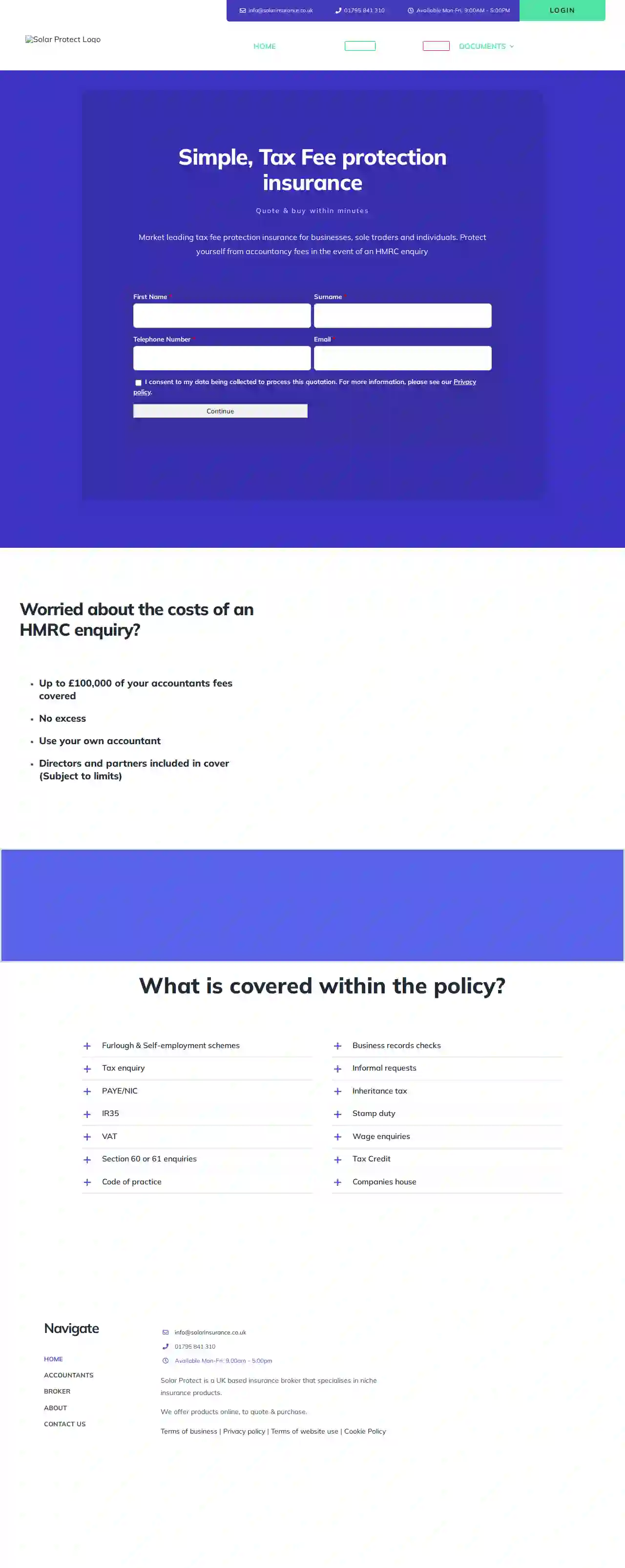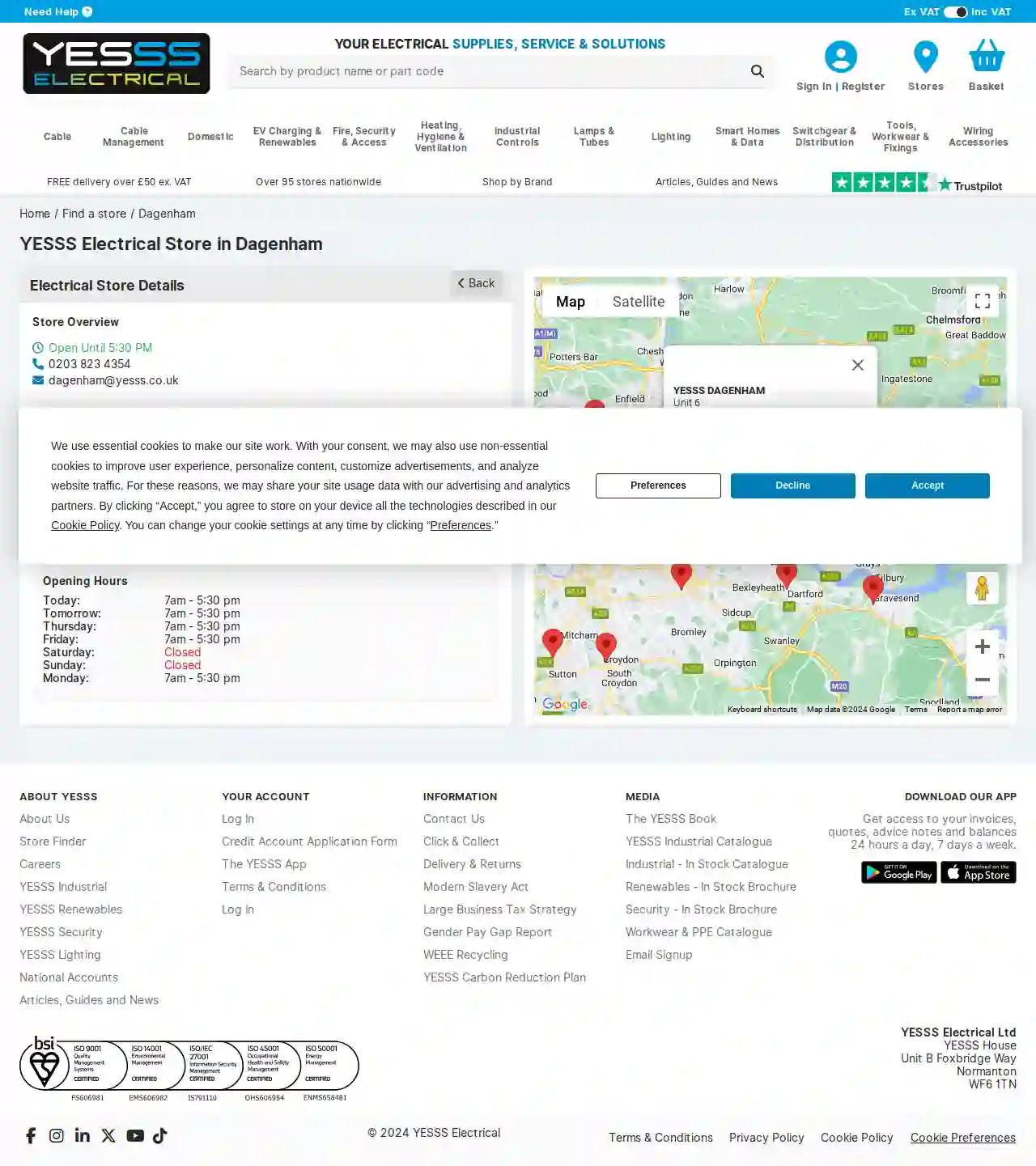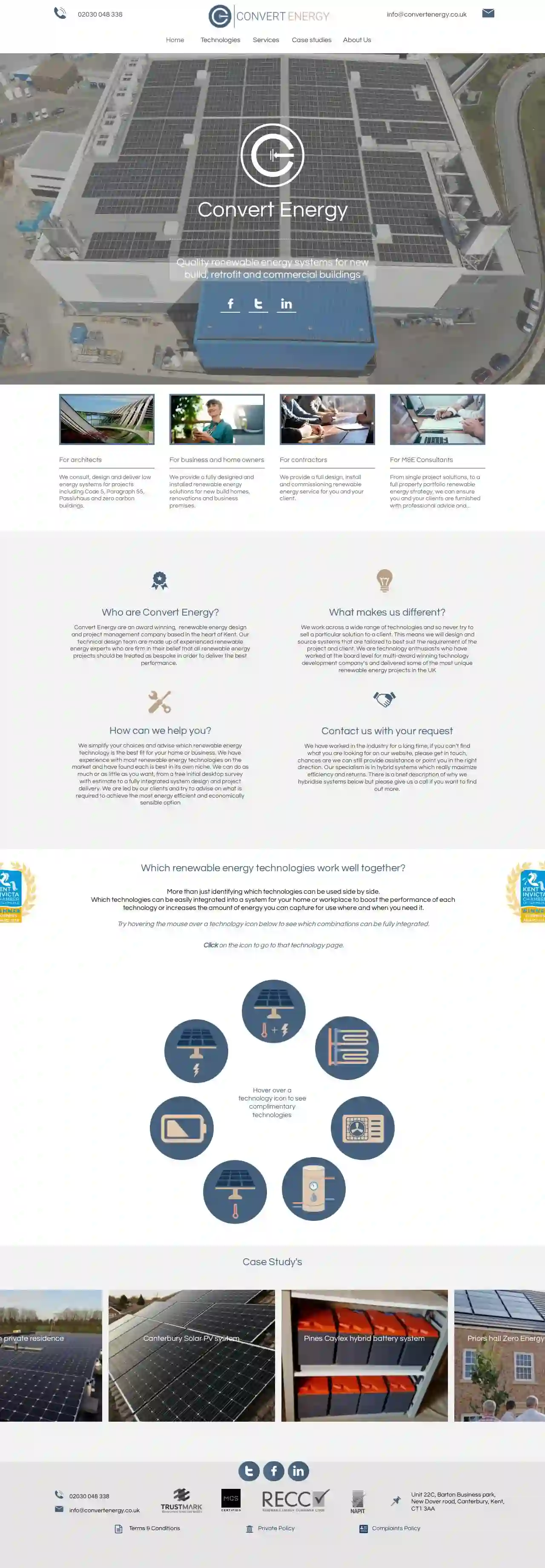Solar Installers Great Chart
Find the best Solar Panel Installation Near Me in Great Chart
Receive 3 FREE Solar Contractors quotes for your project today! Compare profiles, reviews, accreditations, portfolio, etc... and choose the best service.

U Energy Ltd (Solar Systems)
4.613 reviewsGreenfield House, 31 East Street, Lindley, HD3 3ND, GBU Energy is a team of dedicated professionals passionate about creating a sustainable and greener world through technology. Headquartered in Huddersfield, UK, they have a global presence with offices in Europe and South Asia. U Energy strongly believes in renewable energy solutions and leverages technology to address society's non-renewable challenges. Their mission is to use technology to build a more sustainable future.
- Services
- Why Us?
- Gallery
Get Quote
Arc One Group
4.936 reviewsMoat Way, Unit 6 The Glenmore Centre, Ashford, TN24 0TL, GBARC1 GROUP is the leading Renewable energy company based in Kent. We work only with Leading Brands to ensure our Sustainable Energy Systems increase the value of your property and save you money on your energy bills. And then keep saving you money, sustainably, for decades to come. We provide Solar Energy Solutions across the UK. Our core business and our core belief – Sustainable solar energy is not only a highly attractive alternative to conventional Energy Sources, but a vital element in the Green Energy revolution that has already begun. With the world’s key focus on ‘going green’, Arc1 brings sustainable solutions to the forefront, ultimately saving you money with rising electricity and gas bills and taking responsible steps to a brighter and greener future for generations to come. We offer a full proof 10 year workmanship guarantee to all of our customers. We are members of over a dozen industry recognised certification and approval schemes. Kents’ leading supplier, on both quality Solar and electrical needs, customer service and affordable pricing.
- Services
- Why Us?
- Testimonials
- Gallery
Get Quote
Energy Made Greener
519 reviewsEast Kilbride, GBEnergy Made Greener is a reliable heating and renewable energy solutions provider based in East Kilbride, Scotland. Our team of expert technicians specializes in the installation and maintenance of all heating systems, including Gas, LPG, Oil, Electric, Solar PV & Battery Storage systems, EV chargers, Heat Pumps, and Air Conditioning. We pride ourselves on providing top-quality services tailored to our customers' specific needs, ensuring exceptional central heating solutions in Glasgow and beyond. Our environmentally friendly approach prioritizes energy efficiency and sustainability, making us the perfect choice for those seeking a greener future.
- Services
- Why Us?
- Accreditations
- Our Team
- Testimonials
- Gallery
Get Quote
Solar Insurance Services (Medway) Ltd
52 reviewsSittingbourne, GBSolar insurance services Limited is a Kent based insurance broker specialising in niche products along with your regular everyday insurance needs. The last twenty five has taught us that clients like to deal with the same company for their insurance requirements. Whatever Insurance you need we work hard to deliver the best products at the best prices. You can use the links above to get a quote some of our products from Commercial insurances such as Tax Investigation Cover or Professional Indemnity Insurance. However obscure the policy you require, give us a call as we may well be able to source it for you. We also offer access to some of our products on a wholesale basis to Accountants, Bookkeepers, Insurance Brokers and other business intermediaries. Click the relevant link below or call us on 01795 841310 for more details.
- Services
- Why Us?
- Testimonials
- Gallery
Get Quote
Ecohus Solar
Whitstable, GBEcohus is a website builder that allows you to build a website, sell your stuff, write a blog, and more. Log in to start building your website.
- Services
- Why Us?
- Gallery
Get Quote
L&R Renewables
Unit 8 Imperial Park, Rawreth Lane, Rayleigh, SS6 9RS, GBLR Renewables is a leading provider of renewable energy solutions, offering a wide range of products and services to customers in the South East of England and beyond. With a commitment to providing high-quality products and expert installation, we help homeowners and businesses reduce their carbon footprint and save money on their energy bills. Our team of experienced professionals is dedicated to providing exceptional customer service and ensuring that every installation meets the highest standards of quality and safety.
- Services
- Why Us?
- Accreditations
- Gallery
Get Quote
Sunstone Systems
4.47 reviewsWhitstable, GBFrom bottom to top, Sunstone Systems, powering your world. Learn more. Our products have been designed and built using insight and inspiration from our team, industry experts and customers. About us. Rapid Deployment CCTV Tower. Solar CCTV System. Award-winning surveillance system. Designed for hostile, remote and extreme environments. Learn about SICSARC System. Agile, mobile and powerful. Developed to provide surveillance and security anywhere. Learn about ARC Power Station. High power using HVO and Solar. Delivering up to 15kVa using renewable fuel and solar. Learn More. RAFT System. Clean power in off-grid locations. Developed for extreme conditions, RAFT can deliver power for a range of sensors. Learn about RAFTIO System. Compact and smart connectivity. Our compact hardwired system, designed to deliver surveillance, security and connectivity. Learn about IO. ARC Generator. Combing methanol and solar, truly hybrid. Multi-functional and automated power platform, delivering 24/7 clean energy. Coming Soon. Our products are deployed for a range of applications in the UK and around the world. Learn more.
- Services
- Why Us?
- Accreditations
- Gallery
Get Quote
Smart Green Energy Ltd
Park Wood, 19 Palace Industrial Estate, Maidstone, ME15 9XU, GBSmart Green Energy is a company that has been installing solar power systems for over 15 years across the southeast of England. The directors and employees have the experience necessary to complete even the most complex of installations. Solar power can now be installed in under a day for most homes and is very affordable. The company uses two technologies to harness solar energy: Solar Photovoltaics and Solar Thermal. Solar Photovoltaic (or PV) converts sunlight into direct current electricity using semiconductors, while Solar Thermal uses the heat and energy from the sun for heating or producing electricity. Using solar power to produce heating and electricity supply at home can fully repay the initial investment over time. The company also offers the smart export guarantee (SEG) scheme, which allows households to get paid for solar energy they 'export'. With electric prices at a record high and predictions of future price hikes, it's a good time to invest in solar power. Solar panels can last over 40 years, allowing homeowners to lock into a cheaper way to heat and power their home.
- Services
- Why Us?
- Gallery
Get Quote
YESSS Electrical Dagenham
53 reviewsUnit B Foxbridge Way, Normanton, WF6 1TN, GBAt YESSS Electrical, we stock everything from plug sockets to smart home devices. With over 10,000 products sourced from the UK’s leading electrical brands, we offer competitive prices and all the electrical supplies you’ll ever need regardless of your project or budget. Shop the biggest brands and get FREE mainland UK delivery when you spend £50 or more. Choose from our wide range of industry standard electrical fittings that include: Lamps and Tubes, Light Fittings, Wiring Accessories, Switchgear & Distribution, Industrial Controls, Cable and Cable Management, EV Charging & Renewables, Smart Homes and Data, Heating, Hygiene and Ventilation, Fire, Security and Access, Tool, Workwear & Fixings. All of our products are housed at our distribution centre in West Yorkshire. Our fleet provides next day delivery to our local stores, offering you fast and flexible delivery options to suit your business or lifestyle. To find your ideal electrical product, simply type a product code or the item’s details into the search bar. Alternatively, you can browse our category pages to find exactly what you’re looking for! With over 95 stores nationwide open to both trade and public customers, we are the fastest growing electrical wholesaler in the country and the first stop for all your electrical supplies, services and solutions. Click here to find your nearest store.
- Services
- Why Us?
- Gallery
Get Quote
Convert Energy Ltd
516 reviews100 High Street, Birmingham, Unit 1, The Business Centre, B1 1AA, GBConvert Energy is a leading provider of renewable energy solutions, dedicated to helping businesses and homeowners reduce their carbon footprint and save money on energy bills. With a team of experienced engineers and a commitment to innovation, we offer a wide range of services, including solar panel installation, battery storage, and energy efficiency audits. Our mission is to make clean energy accessible and affordable for everyone, creating a sustainable future for generations to come. At Convert Energy, we understand the importance of environmental responsibility and the need to transition to cleaner energy sources. We are passionate about providing our clients with the highest quality products and services, backed by exceptional customer support. Our team is dedicated to working closely with you to understand your energy needs and develop a customized solution that meets your specific requirements. Whether you are looking to reduce your reliance on fossil fuels, lower your energy costs, or simply make a positive impact on the planet, Convert Energy is here to help. Contact us today to learn more about our services and how we can help you achieve your renewable energy goals.
- Services
- Why Us?
- Accreditations
- Our Team
- Testimonials
Get Quote
Over 3,485+ Solar Installers registered
Our solar pros operate in Great Chart & surrounding areas!
SolarCompaniesHub has curated and vetted the Best Solar Installers arround Great Chart. Find the most trustworthy pro today.
Frequently Asked Questions About Solar Installers
- Analyze your energy bills
- Assess your roof's suitability
- Calculate your potential solar energy generation
- Recommend a system size that meets your needs and goals.
- Keep Panels Clean: Clean panels periodically to remove dirt, debris, and bird droppings, which can reduce efficiency. Rainfall usually cleans panels adequately, but you might need to hose them down occasionally.
- Visual Inspections: Regularly inspect panels for signs of damage, loose wiring, or other issues.
- Professional Maintenance: Consider having a professional solar installer inspect your system every few years to ensure optimal performance.
How do I choose the right solar panel system size for my needs?
How do I maintain my solar panels?
What is net metering, and how does it work?
Do solar panels increase my home value?
How do I choose the right solar panel system size for my needs?
- Analyze your energy bills
- Assess your roof's suitability
- Calculate your potential solar energy generation
- Recommend a system size that meets your needs and goals.
How do I maintain my solar panels?
- Keep Panels Clean: Clean panels periodically to remove dirt, debris, and bird droppings, which can reduce efficiency. Rainfall usually cleans panels adequately, but you might need to hose them down occasionally.
- Visual Inspections: Regularly inspect panels for signs of damage, loose wiring, or other issues.
- Professional Maintenance: Consider having a professional solar installer inspect your system every few years to ensure optimal performance.